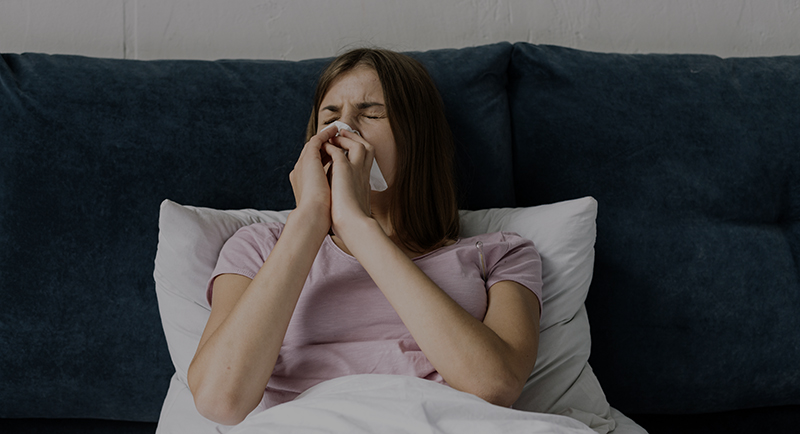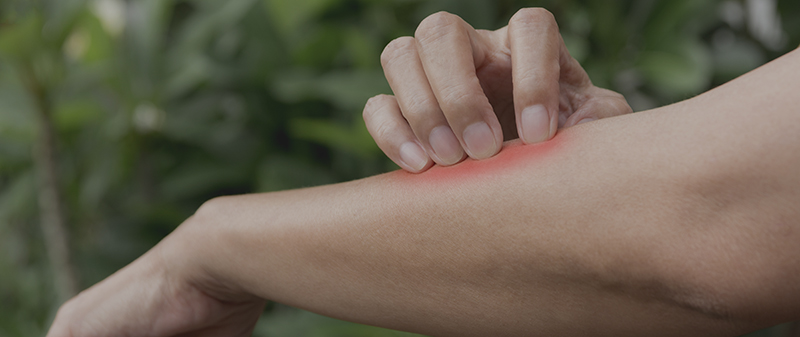
Ciprandi G, La Mantia I.
Antihistamines are commonly prescribed for the management of allergic rhinitis and urticaria. The quantification of their consumption is relevant in clinical practice, as their use is usually associated with severe symptoms. In addition, symptomatic use of antihistamines is a useful parameter for evaluating allergen immunotherapy effectiveness. However, the use of a diary for recording the number of tablets is frequently negligenced as patients forget to register the actual quantity of tablets taken.
A visual analogue scale (VAS) measures the patient’s perception of symptom severity, emotions and pain.
This study aimed at measuring the VAS for assessing the patient’s perception about antihistamines use in allergic rhinitis. A total of 103 patients with allergic rhinitis due to Parietaria pollen were retrospectively evaluated. They recorded monthly the number of antihistamine tablets taken during the pollen season.
There was a strong relationship between the number of tablets and the VAS score, which represents a possibility of using VAS to estimate the patient’s perception of antihistamines use in clinical practice.















